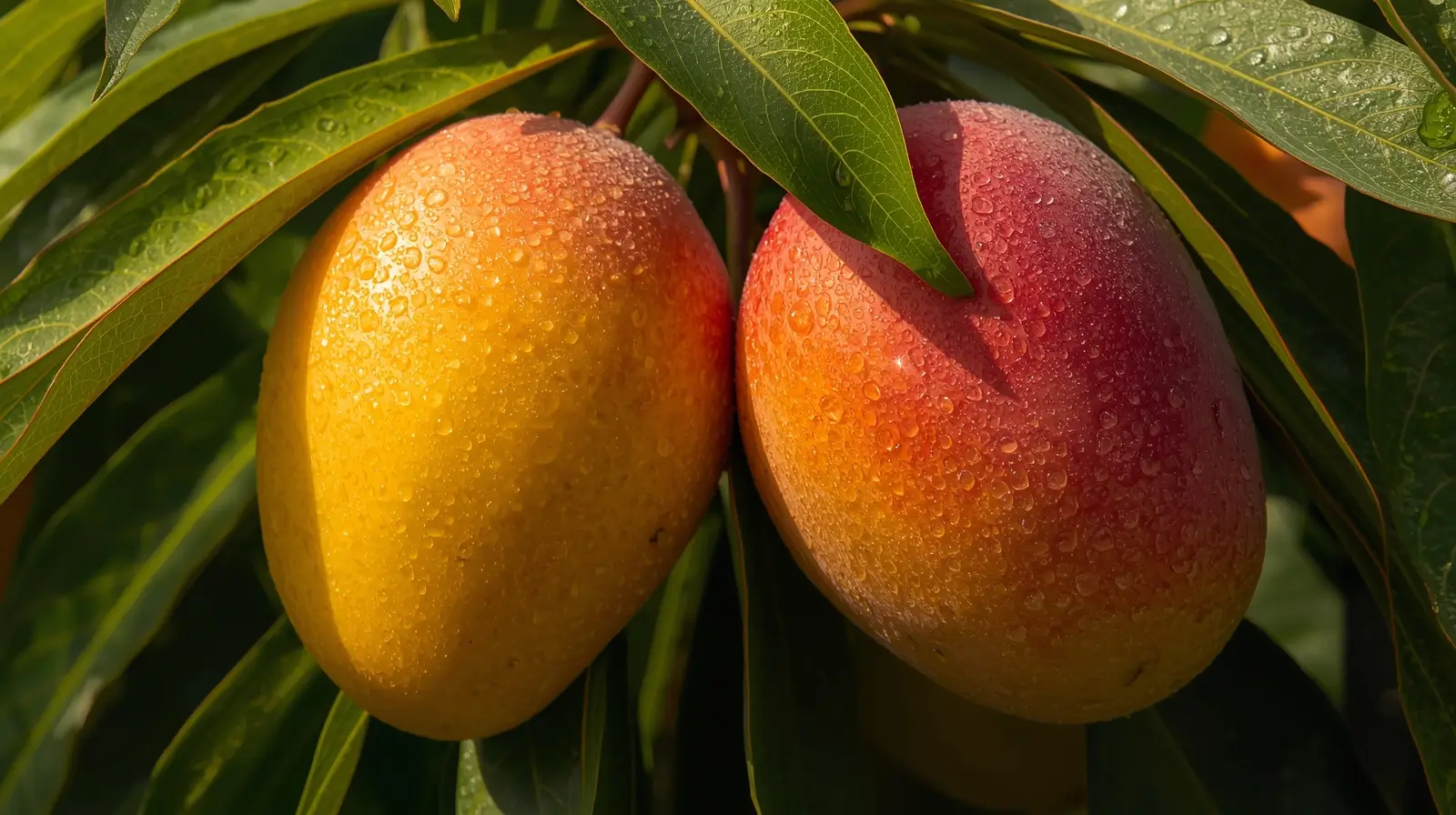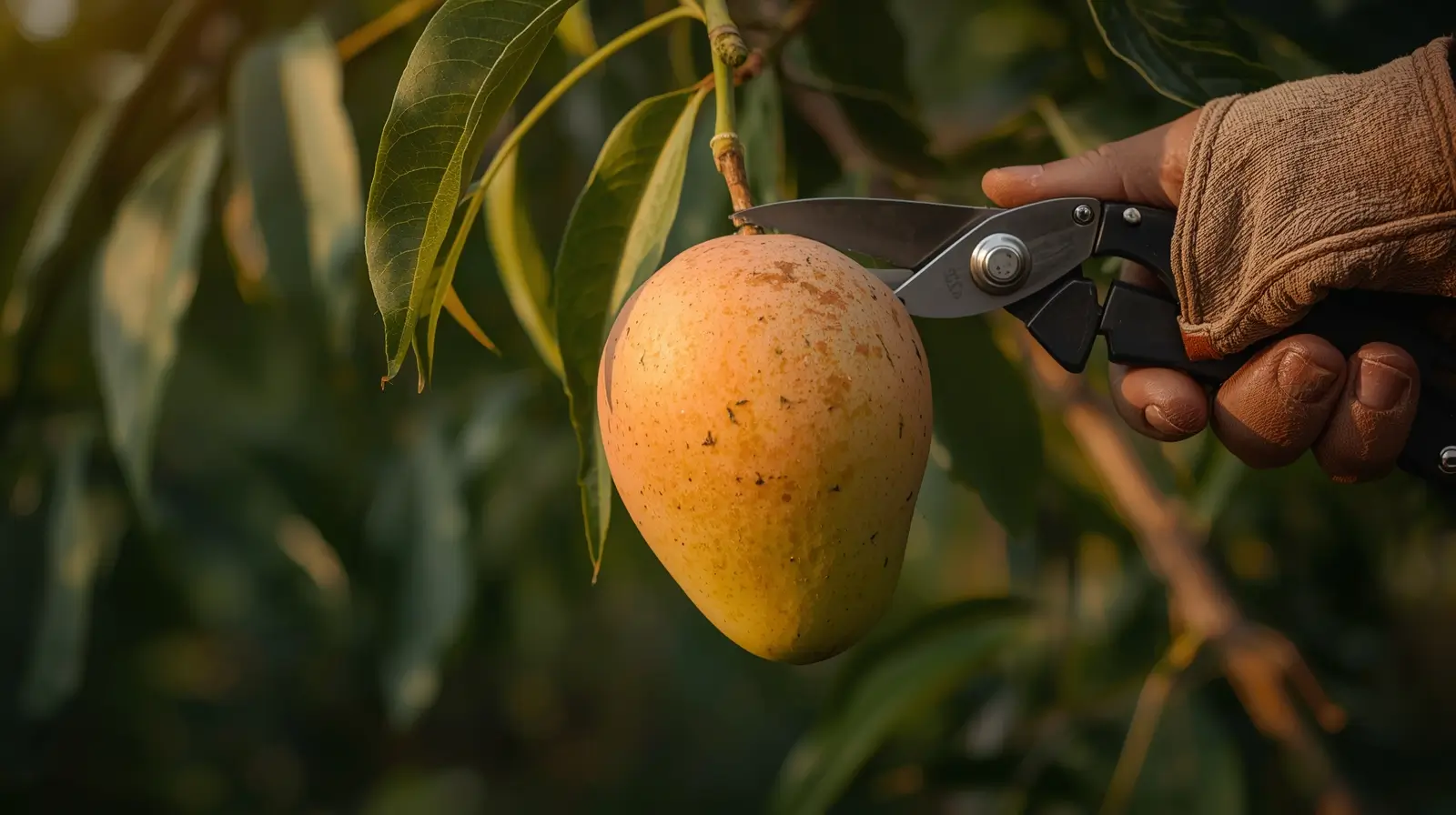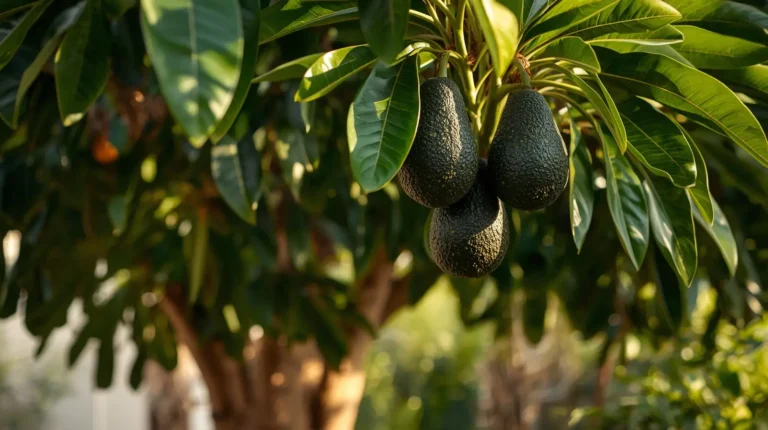Growing late season mango varieties offers an exciting extension to the harvest season and can help answer the common question when are mangoes in season, giving gardeners a distinctive opportunity to optimize their yields and savor the rich flavors of fruits like Keitt and Honey Kiss. These trees have specific requirements, such as optimal soil conditions and effective care techniques, which can elevate a simple gardening endeavor into a truly rewarding venture. The real challenge lies in mastering the intricacies of cultivating mangoes, including smart site selection, thoughtful post-harvest handling, and tailored strategies to ensure the trees flourish and produce high-quality fruit.
1. Understand Late-Season Mango Varieties and Their Requirements

Growing Late-season mango types like Keitt and Honey Kiss in warm climates requires attention to their specific growth requirements for successful cultivation. These trees extend the harvest season by yielding fruit later, which can be exciting for gardeners who enjoy harvesting when most other varieties are done. They thrive in well-drained sandy loam soil with a pH level 5.5 to 7.5, as this optimizes nutrient absorption and supports strong root systems.
As fruit trees, they need a minimum eight hours sunlight each day and should be shielded strong winds to maintain healthy growth and steady fruiting. I have found that choosing the right spot early makes a noticeable difference.
The large sweet fruit from Keitt is often harvested late August to October, while Honey Kiss is admired for its rich flavor and is usually categorized among late season mango varieties ready for harvest in September. When selecting appropriate variety based on local climate and soil conditions, gardeners can enhance yields and enjoy an extended fruit season. This strategic approach not only enriches gardening experience but also responds to increasing consumer demand, shown by the 26% rise in consumption 2023.
Read Also: 5 Surprising Benefits of Growing a Small Mango Tree at Home
2. Select the Right Site and Optimize Growing Conditions
To help late season mango varieties grow well, it is important to select a location that receives full sun and has good drainage, as mango trees thrive best when the soil pH 5.5 to 7.5 is maintained. Conducting a soil test to evaluate pH and nutrient levels allows you to determine if the soil is becoming acidic soil, where adding lime can raise pH effectively.
Mixing organic matter like compost improves soil structure and enhances fertility, and using soil treatments such as Zinc sulphate 100 g, Copper sulphate 50 g, and Boric acid 50 g can improve fruit yield and improve quality. Always ensure the planting area is free of competing plants to avoid hinder development of young fruit plants, and remember that fruit-bearing plants should be spaced 12 to 15 feet apart to maintain proper air circulation.
- optimizing conditions helps gardeners support a thriving environment
- Healthy mango plants respond well to balanced nutrition
- Careful planning results in a fruitful harvest
By making these adjustments early, the garden environment naturally encourages stronger growth, healthier trees, and better fruiting outcomes that reward patience and consistent care.
Read Also: 5+ Secrets to Growing a Thriving Mango Tree in Florida
3. Implement Effective Care Techniques for Healthy Growth

To help Mango plants thrive, give them diligent care that includes deep watering and occasional watering to support robust root development, allowing the soil dry between watering so the plant forms a solid foundation. During the growing season, use a balanced fertilizer with higher potassium content, such as a 6-6-6 N-P-K ratio or 8-3-9 N-P-K ratio, which is important for promoting flowering and fruiting, with fertilization scheduled three times a year in late winter, early spring, late spring, early summer, and late summer, especially after fruit harvest.
For young plants, fertilizing every 2-3 months during the first year helps in cultivating strong roots and building healthy growth. Effective pest management is necessary to maintain plant health by regularly inspect for common pests like fruit flies and aphids, using integrated pest management strategies such as traps and organic pesticides to minimize damage. Regular pruning helps maintain plant’s shape, improves air circulation, and lowers reducing risk of fungal diseases. Use caution to avoid over-fertilizing, which causes nutrient imbalances and excessive foliage growth, and continue adhering to care techniques such as organic mulching to boost yield and improve water efficiency so gardeners can ensure fruit trees remain healthy and productive.
- Provide steady nutrition and watering to maintain stability
- Monitor pest activity early before spreading occurs
- Use pruning to create airflow and better fruit production
By practicing these methods consistently, the plant grows stronger over time, responds more reliably to seasonal changes, and rewards the effort with healthier growth and steady fruiting.
4. Master Harvesting and Post-Harvest Handling for Quality Fruit

To achieve optimal quality, mangoes should be harvested at physiological maturity, which is often noticed through a subtle color change and a gentle tug that separates fruit from stem. I’ve learned that gathering in the early morning helps mitigate heat stress on the produce, keeping it fresher. Using clean sharp tools is important to minimize damage and maintain integrity during picking. Once removed from the tree, post-harvest handling becomes essential for preserving fruit quality. Placing the fruit in a cool shaded area helps prevent overheating, and every small step at this stage contributes to a better final result.
For extended storage, gardeners often follow controlled ripening techniques, such as keeping fruit in a ventilated box with ethylene-producing fruits like bananas. This process manages ripening and helps prolongs shelf life. Paying attention to proper handling and smart storage techniques supports lower post-harvest losses and reduced waste. When these steps are consistently followed, they play a meaningful part in enhancing overall quality of the fruit and creating a delightful experience for consumers.
Read Also:
- Gardening & Plant Care Guide for Thriving Plants 🌿
- Tropical Fruit Trees: Grow Exotic Paradise at Home
- Natural Healing & Wellness: Nature’s Remedies Guide
Conclusion
Mastering harvesting and post-harvest handling is just as important as proper planting and care. When mangoes are picked at the right stage and handled gently, their flavor, texture, and overall quality are preserved. Simple practices like harvesting in the early morning, keeping fruit shaded, and managing ripening thoughtfully can greatly reduce waste and enhance the eating experience. With attention to timing, storage, and careful handling, gardeners can enjoy mangoes that taste just as sweet and fresh as they look.
Late-season mango varieties like Keitt and Honey Kiss ripen much later than typical mangoes (see When Are Mangoes In Season for timing differences).
FAQs
- How do I know when my late-season mangoes are ready to harvest?
Look for a slight change in skin color and gently tug the fruit—if it separates from the stem with ease, it has reached physiological maturity. - Is it necessary to harvest mangoes in the early morning?
Yes, harvesting early helps prevent heat stress and keeps the fruit firm and fresh during handling. - How can I slow down or manage the ripening process?
Place mangoes in a ventilated box and use bananas or other ethylene-producing fruits to speed ripening—or store mangoes in a cool area to slow ripening. - What is the best way to store mangoes after harvesting?
Keep them in a cool, shaded place first. For longer storage, avoid sealing them in airtight containers and maintain airflow to reduce spoilage. - Why is post-harvest handling so important?
- Proper handling reduces bruising, prevents rot, prolongs shelf life, and ensures the fruit reaches consumers or your table in the best condition.




